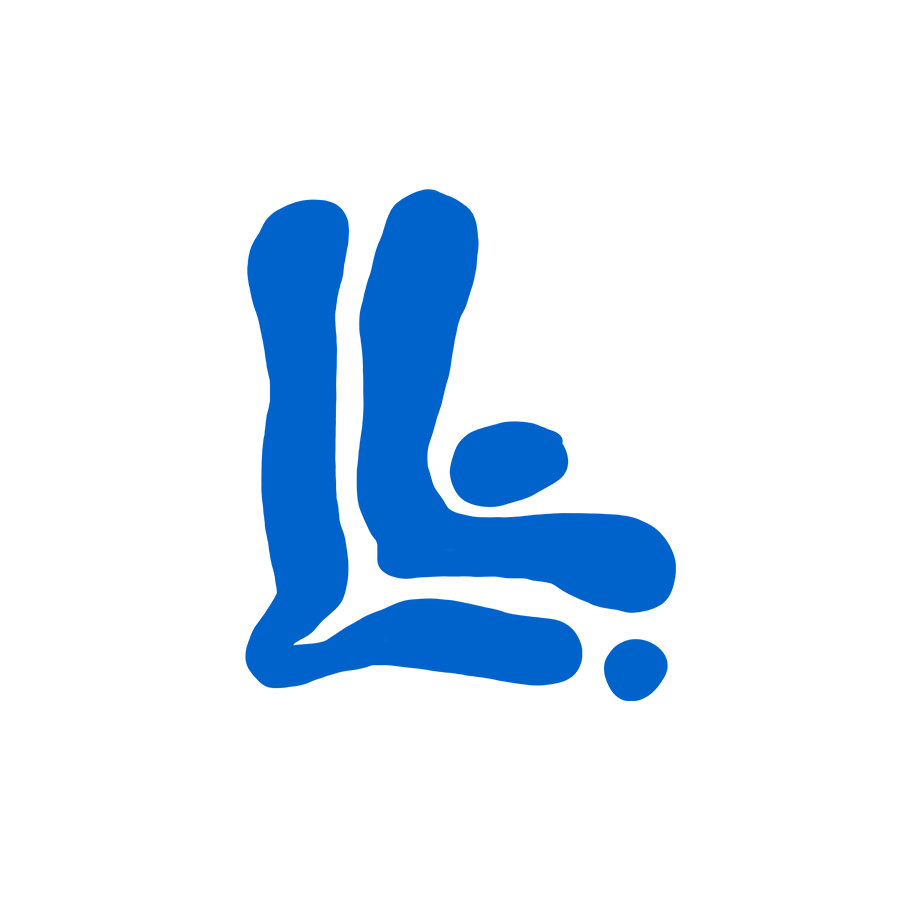03 BRINE
︎︎
Research/Artist Talk Slides︎︎︎






01/23 —05/23
Digital Matters Fellowship
Digital Matters Fellowship
The concept for the work completed during my 2023 Digital Matters fellowship is derived from aridification processes and the shrinking of the Great Salt Lake. The question I started with, “what does aridification and rising salinity look like in organisms?” developed into the idea of a snap-shot : a visual mélange that expresses the extremity and beauty of site-specific adaptations. Under the scope of this fellowship, I imagined a two-part scultpure: a large scale ceramic herm and a central nucleus.
The central sculpture I imagined as a bulbous mound roughly the size of a small loaf of bread sculpted out of morphological features of a set of Great Salt Lake Organisms.The organisms of interest are Haloquadratum, Dunaliella Salina, Euhalothece, Artemia (brine shrimp), Ephydridae (brine fly), and Pickleweed. To investigate the organisims I created visual research posters to condense my research in a visual format.
The herm was conceptually derived from the Great Salt Lake bioherms: made from inert material but retaining the traces and logic that indicate life. Bilateral symmetry and radial composition which are visual cues we instinctively associate with life. They appear not only in organisms but in cathedrals and sacred architecture, hinting at a deeper, perhaps unconscious, link between symmetry and the perception of agency
I approached this project with hopes to cultivate perceptions of these environments and their inhabitants as something precious, something that might not exist again, but also through the extremity of their bodies to demonstrate our vulnerability to quick, dramatic change.
The central sculpture I imagined as a bulbous mound roughly the size of a small loaf of bread sculpted out of morphological features of a set of Great Salt Lake Organisms.The organisms of interest are Haloquadratum, Dunaliella Salina, Euhalothece, Artemia (brine shrimp), Ephydridae (brine fly), and Pickleweed. To investigate the organisims I created visual research posters to condense my research in a visual format.
The herm was conceptually derived from the Great Salt Lake bioherms: made from inert material but retaining the traces and logic that indicate life. Bilateral symmetry and radial composition which are visual cues we instinctively associate with life. They appear not only in organisms but in cathedrals and sacred architecture, hinting at a deeper, perhaps unconscious, link between symmetry and the perception of agency
I approached this project with hopes to cultivate perceptions of these environments and their inhabitants as something precious, something that might not exist again, but also through the extremity of their bodies to demonstrate our vulnerability to quick, dramatic change.

















